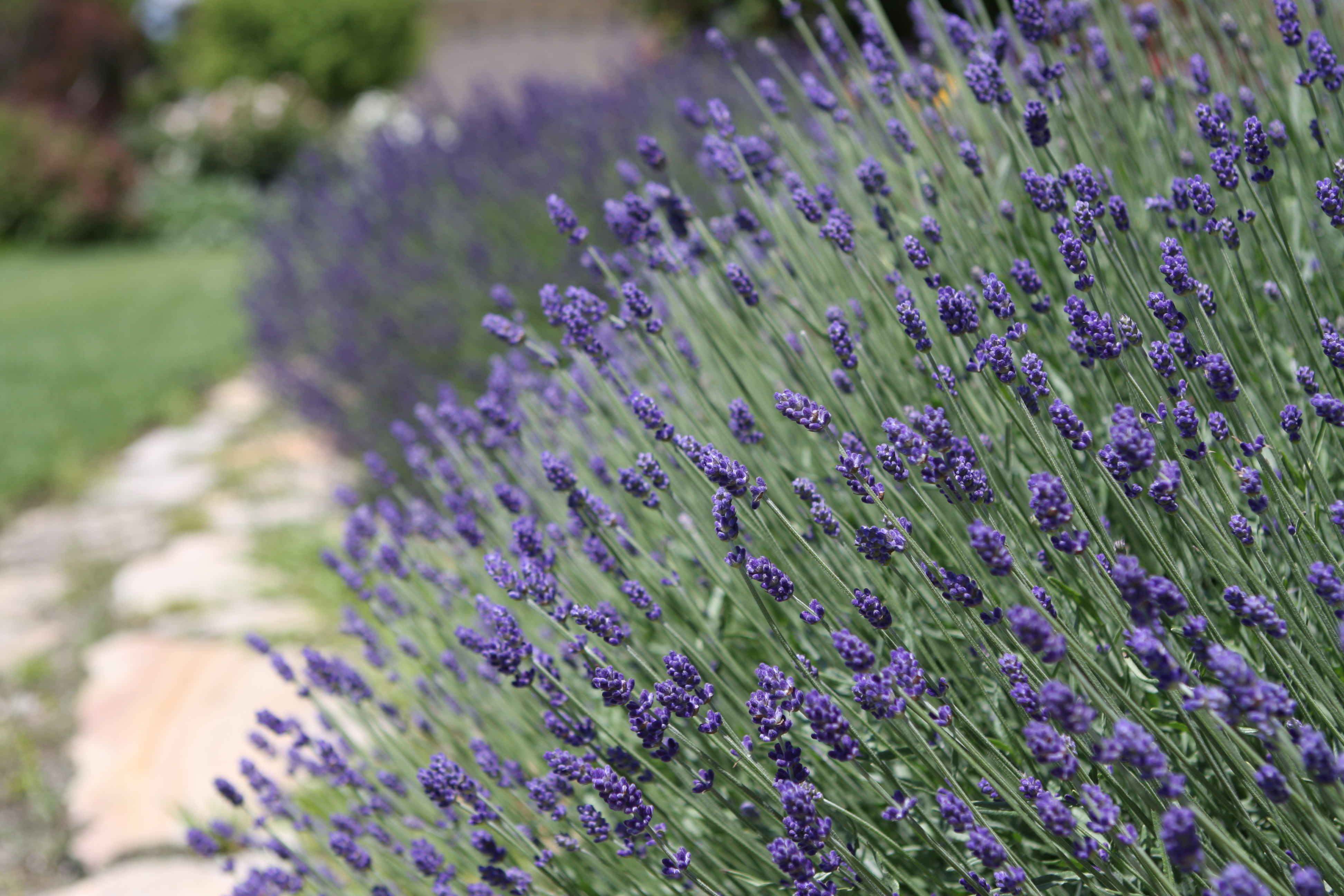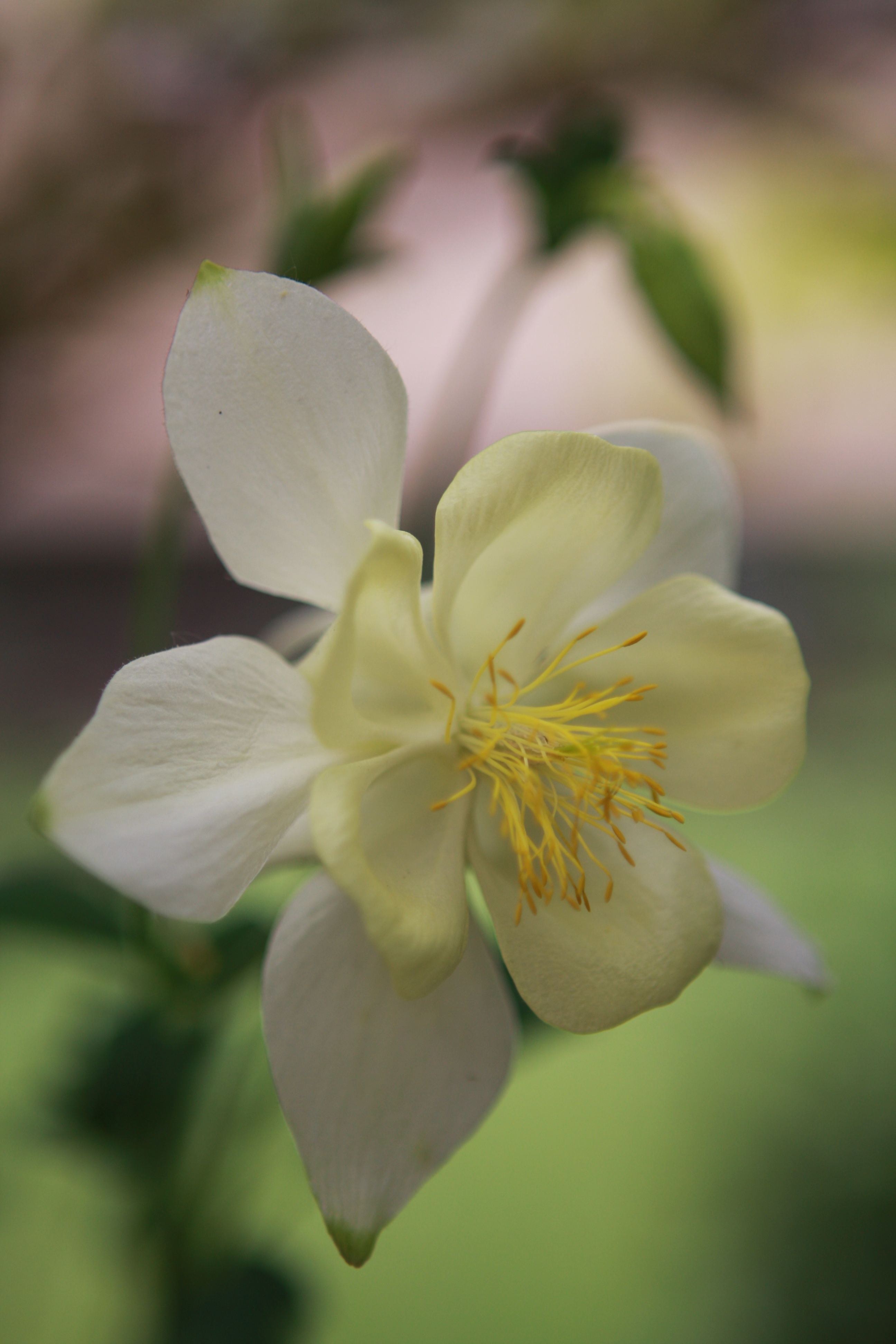Making Lavender Bottles

Lavender is one of my favorite “Make it Do” flowers… as useful as it is pretty. This hardy, easy to grow herb that has been valued for centuries for it’s wonderful scent. I grow mostly Munstead and Hidcote varieties of…

Lavender is one of my favorite “Make it Do” flowers… as useful as it is pretty. This hardy, easy to grow herb that has been valued for centuries for it’s wonderful scent. I grow mostly Munstead and Hidcote varieties of…

What do all these plants in my garden have in common? Answer: They were all free. That’s right, they cost zero, zilch, nada. How, you might ask? Because they were all transplants from my Mother-in-Law, Kit’s garden. The hostas above…